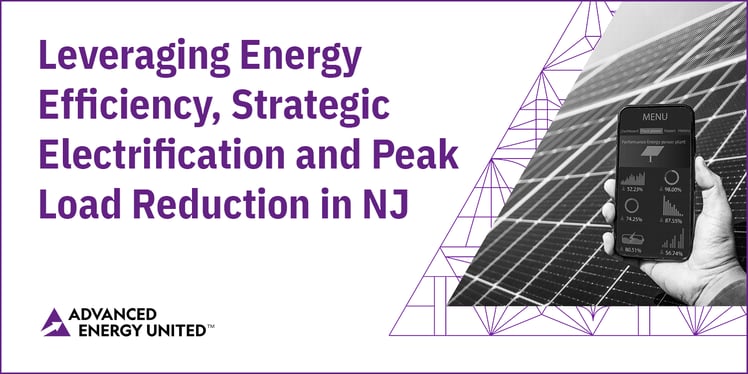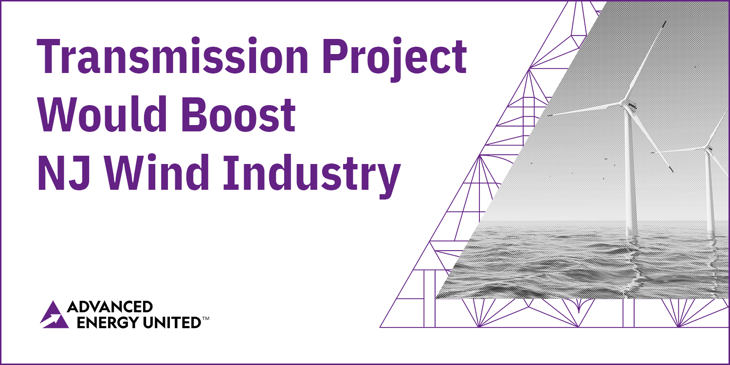 How quickly and efficiently New Jersey can transition to a 100% clean energy future depends in no small part on how the state’s utilities implement energy efficiency and demand management guidance recently issued by New Jersey’s Board of Public Utilities (BPU). At the end of July, the BPU voted 4-0 to approve an Order that largely implements Staff’s Straw Proposals on the 2nd Triennium of Energy Efficiency and Peak Demand Reduction Programs (Triennium 2), an every-three-year regulatory proceeding that defines the scope of utility demand side management programs. Triennium 2 has the potential to foster economic development in New Jersey, increase grid reliability and flexibility, and lower utility bills for residents by leveraging advanced energy technologies and services. However, the promise of these programs is in the hands of the state’s utilities. The NJ BPU designed Triennium 2 in a way that provides utilities with significant leeway to determine how aggressively and ambitiously to implement these programs. To maximize the guidance in this Order, utilities should make significant investments in the three areas covered by Triennium 2: electricity reduction measures, building decarbonization programs, and peak load demand-response initiatives.
How quickly and efficiently New Jersey can transition to a 100% clean energy future depends in no small part on how the state’s utilities implement energy efficiency and demand management guidance recently issued by New Jersey’s Board of Public Utilities (BPU). At the end of July, the BPU voted 4-0 to approve an Order that largely implements Staff’s Straw Proposals on the 2nd Triennium of Energy Efficiency and Peak Demand Reduction Programs (Triennium 2), an every-three-year regulatory proceeding that defines the scope of utility demand side management programs. Triennium 2 has the potential to foster economic development in New Jersey, increase grid reliability and flexibility, and lower utility bills for residents by leveraging advanced energy technologies and services. However, the promise of these programs is in the hands of the state’s utilities. The NJ BPU designed Triennium 2 in a way that provides utilities with significant leeway to determine how aggressively and ambitiously to implement these programs. To maximize the guidance in this Order, utilities should make significant investments in the three areas covered by Triennium 2: electricity reduction measures, building decarbonization programs, and peak load demand-response initiatives.

.png?width=730&height=365&name=Blog%20Clean%20Energy%20Business%20Industry%20Meets%20Arizona%20ACC%20Candidates%20(1).png)


